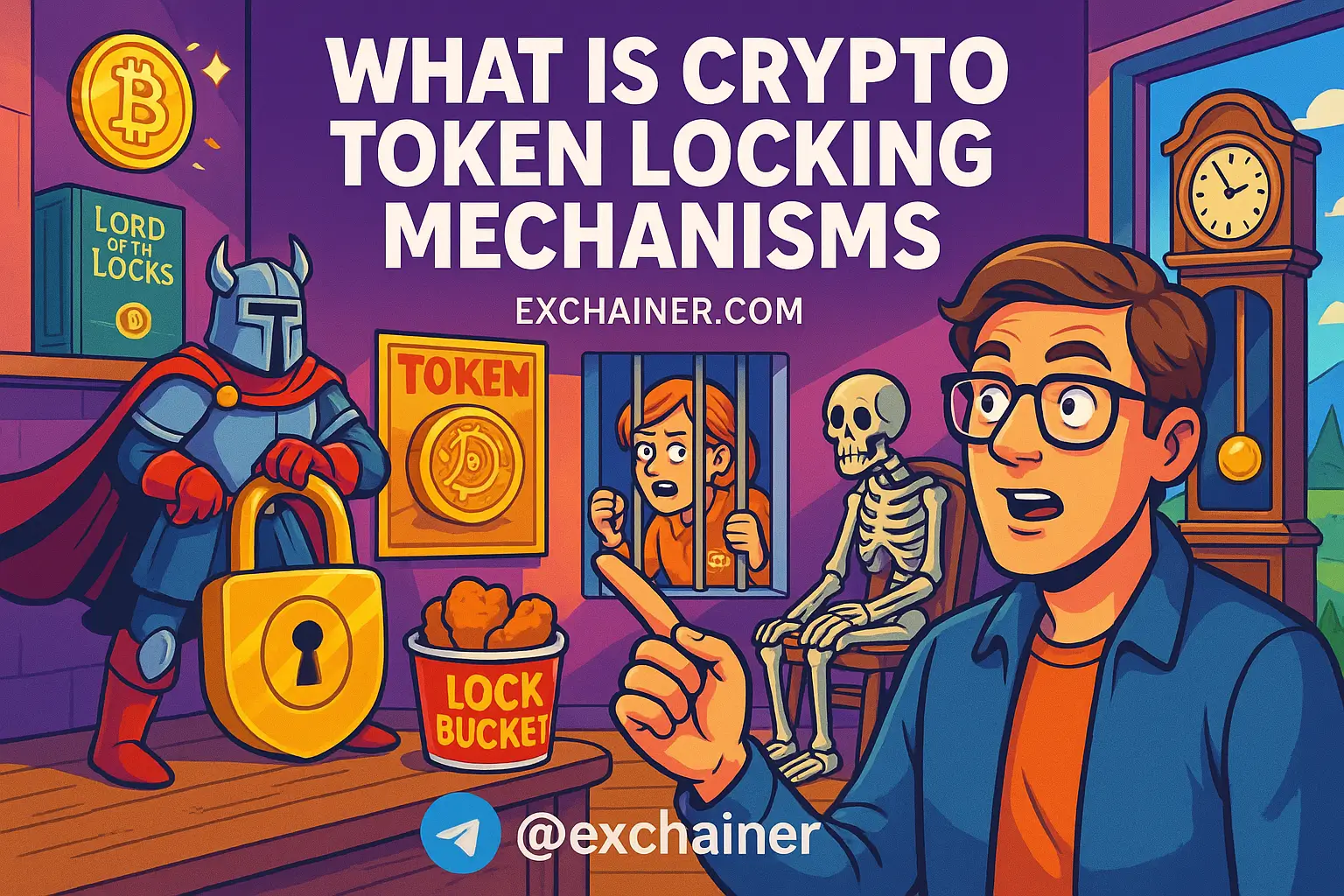Introduction to Proof of Work (PoW)
Cryptocurrency has taken the world by storm, and at the heart of this digital revolution lies an essential concept: Proof of Work (PoW). This consensus mechanism is crucial for ensuring that blockchain networks operate securely and efficiently without a central authority. If you’re new to the crypto world or looking to refine your understanding of cryptocurrency basics, delving into PoW is a fantastic place to start. It powers iconic digital currencies like Bitcoin and holds significance in ensuring transaction integrity while preventing fraud.
Understanding how PoW functions empowers you to appreciate the brilliance of blockchain technology and equips you with the knowledge necessary to navigate the complexities of digital currency. This article breaks down the intricacies of Proof of Work, explaining its definition, function, advantages, critiques, and its evolving role in the cryptocurrency landscape. So, prepare to enhance your understanding as we explore the extensive world of PoW together!
Definition and Purpose
At its core, Proof of Work (PoW) is a consensus mechanism utilized in blockchain networks to validate transactions and secure the network. When a transaction occurs, it’s sent to a decentralized network of computers, commonly referred to as nodes. The goal of PoW is straightforward: It ensures that all participants in the network agree on the current state of the blockchain, thereby preventing fraudulent activities like double spending.
But how does this happen? Let’s break it down:
- Miners: These are the individuals or entities participating in the network. They use powerful computers to solve complex cryptographic puzzles.
- Puzzle Solving: The first miner to solve a puzzle gets to add a new block of transactions to the blockchain. This puzzle-solving process requires a significant amount of computational power, which is why miners often invest in high-performance hardware.
- Rewards: To incentivize this process, miners receive newly minted cryptocurrency tokens for their efforts. This mechanism helps to maintain network integrity since, without proper validation, the system would be vulnerable to attacks.
In essence, PoW serves as a decentralized protocol that fortifies the security of blockchain by making it exceedingly difficult and cost-prohibitive to manipulate.
How Proof of Work Works
To further clarify the mechanics of Proof of Work, let’s walk through the process step-by-step:
- Transaction Verification: When a user makes a transaction, it is broadcast to the entire network. Nodes commence the verification process, confirming the transaction’s legitimacy and ensuring the sender has adequate funds.
- Block Creation: Once verified, these transactions are compiled into a block. This block acts like a digitally secure container for groups of transactions, linking them together chronologically to form a continuous chain.
- Cryptographic Puzzle: Each block comes with a unique cryptographic puzzle that miners must solve to validate the block. This puzzle is typically based on cryptographic hash functions, such as SHA-256.
- Solution and Block Addition: The miner who solves the puzzle first broadcasts the solution to the network. Other nodes verify the correctness of the solution, and once confirmed, the new block is added to the blockchain.
- Reward Mechanism: For their hard work, the successful miner receives a reward in the form of newly generated cryptocurrency tokens. This system not only incentivizes miners but also secures the network by making it costly to attempt fraudulent activities.
Advantages of Proof of Work
There are several notable advantages associated with Proof of Work, including:
- Security: PoW enhances the security of blockchain networks. To manipulate the system, an attacker would need to control more than 50% of the network’s total computational power, an immensely expensive and impractical feat.
- Decentralization: One of the alluring characteristics of PoW is its decentralized nature. No single entity has control over the network validation, which bolsters trust among users.
- Incentivization: Miners are rewarded for their contributions, which encourages them to invest in robust hardware and energy. This, in turn, secures the network, ensuring that participants remain engaged.
Criticisms and Environmental Concerns
Despite the advantages, Proof of Work has not escaped criticism, particularly around its environmental impact. The energy consumption associated with mining operations is significant.
Consider these statistics:
- The Bitcoin network alone consumes as much electricity as some small countries.
- This reliance on high computational power raises alarms about sustainability and environmental degradation.
As such, various cryptocurrencies are beginning to explore more eco-friendly alternatives to PoW, such as Proof of Stake (PoS), which relies on a different validation approach without the extensive energy requirements.
Historical Background
The story of Proof of Work begins long before the blockchain revolution. In 1993, Moni Naor and Cynthia Dwork proposed PoW as a method to avert spam and denial-of-service attacks. Fast forward to the early 2000s, it was Hal Finney who adapted this concept for digital tokens. However, it wasn’t until Bitcoin’s inception in 2009 that PoW gained mainstream significance, serving as the backbone of Bitcoin mining and transaction verification.
Future Developments and Alternatives
As concerns about energy consumption within PoW grow, many cryptocurrencies are exploring alternative consensus mechanisms that prioritize sustainability. Proof of Stake (PoS) is gaining traction in the industry; it requires validators to stake their cryptocurrencies to participate in transaction validation rather than relying on high computational power. This shift represents a new chapter in the ongoing evolution of blockchain technologies.
Conclusion
In summary, Proof of Work is a fundamental component of blockchain systems, ensuring security and transaction integrity in decentralized networks. While it faces challenges concerning energy consumption and environmental impact, its importance in the realm of cryptocurrency is undeniable. Understanding the mechanics behind PoW enriches your knowledge of the crypto space and prepares you for future developments.
Now that you’ve got a solid grasp of Proof of Work, why not continue your journey into cryptocurrency? There are plenty of other exciting topics to explore on Exchainer.com. Check out the comprehensive guides available in our Crypto 101 section, read our in-depth Exchange Reviews, stay updated with the latest insights from our News category, or find the right tools and wallets in our Tools and Wallets section. Happy exploring!












